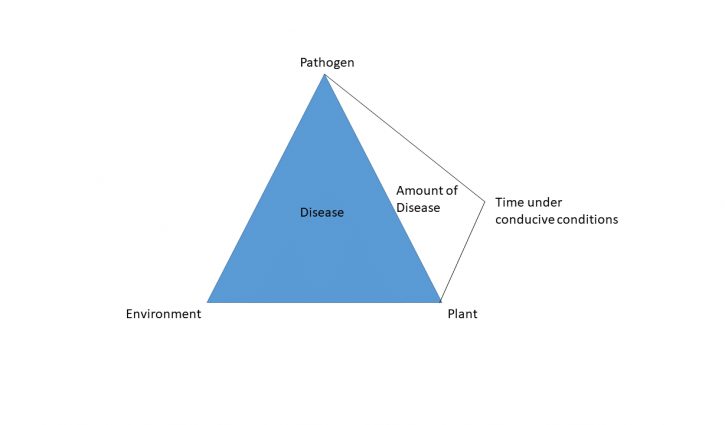Too wet or cold to sample for SCN?
Soybean Cyst Nematode is an extremely important, yield limiting pathogen of soybeans in Illinois, reducing yields an average of 1-3% across the state. As I have written in earlier…
Soybean Cyst Nematode is an extremely important, yield limiting pathogen of soybeans in Illinois, reducing yields an average of 1-3% across the state. As I have written in earlier…
The harvest in 2018 has been marred by frequent rains that resulted in soybeans in portions of the state being left out longer than desired. As expected, more attention…
As we finish our corn harvest in 2018, we have noticed an increasing amount of information pertaining to tar spot circulating through the agronomic community that is not entirely…
Tarspot in corn continues to be the hot topic in our field crops this season. I put together a brief update on what we know based on this seasons…
If you do not think tar spot is an issue for corn production in Illinois and the region, please view this video from our colleague in Northern Illinois. …
Those of you who follow me on twitter (@ILplantdoc) likely noticed numerous photos that I posted earlier in the season of Physoderma brown spot and node rot (PBS) on…
Soybeans throughout the state are maturing and consequently, many people have been asking questions about the need to make a fungicide application for suppressing frogeye leaf spot (FLS) in…
Today we received reports of Tar spot appearing in corn grown in Illinois. We are currently studying tar spot of corn in the United States, and are requesting that…
White mold, caused by Sclerotinia sclerotiorum, is one of the most problematic diseases impacting soybean production in the northern portion of Illinois. Fungicides can be used to suppress this…

Every year we hear about fungicides, and their utility in agronomic production systems. Indeed, these products can be an extremely useful tool to prevent yield-related losses resulting from fungal…